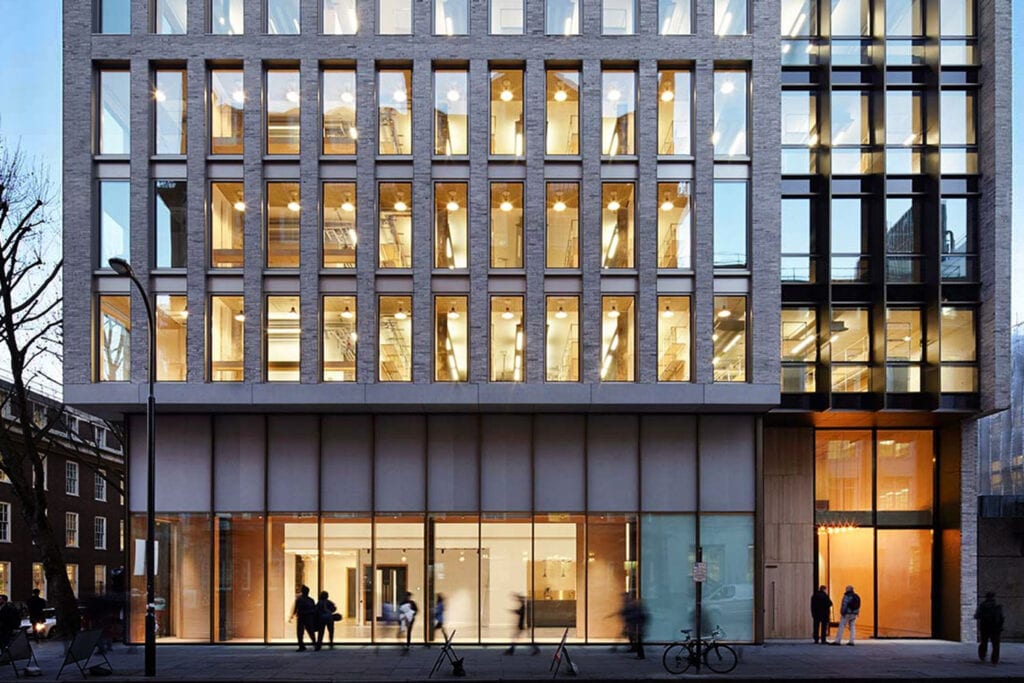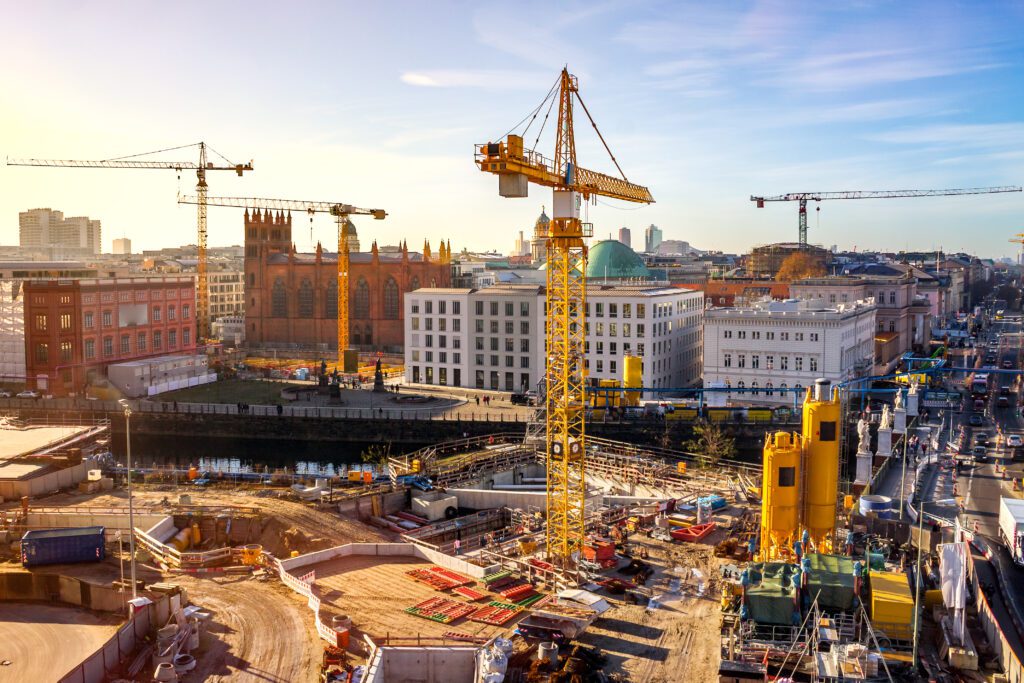Why the built environment must support the transition to a circular economy
The impact of the climate crisis is clear. Rising temperatures, extreme weather events, and food and water insecurity are all examples of adverse effects of the climate crisis. We are all affected – so what actions can those of us within the built environment take to address it?
Because the built environment contributes almost 40% of global greenhouse gas emissions, those of us working within the architecture, engineering and construction (AEC) industry play a critical role in creating strategies that mitigate our impact. An important action in addressing the climate crisis is advocating for the transition towards a circular economy.
A circular economy approach keeps materials, products and services in use for as long as possible. The scope covered is vast. We must consider the use of the materials that we specify our clients incorporate into their projects, across the entire life cycle of a building (from cradle to grave). Additionally, we must look at products we purchase for our business, the materials that others in our supply chain use on our behalf, and the waste we create.
The circular economy is a systems solution framework that tackles global challenges like climate change, biodiversity loss, waste, and pollution.
The Ellen MacArthur Foundation
Why is it important?
A circular economy is key to reducing carbon in response to the climate emergency and in reducing ecological footprint of material use in response to the biodiversity emergency. Global material use is expected to more than double by 2060. A third of this rise is expected to be attributable to materials in the building and construction sector. A circular economy will create stimulation of local green economies and bring financial value for our clients through material efficiencies in construction, delivering future-ready buildings and infrastructure, with reduced risk of stranded assets.
According to the Ellen MacArthur foundation, a circular economy is built on three principles: to eliminate waste and pollution, circulate products and materials (at their highest value) and regenerate nature. In our Global Sustainability Report (2022) we set out our view on the circular economy and how relate it to both our projects and our operations.
How do Buro Happold bring value to our clients with circular economy principles?
Industry and client engagement is key to successfully implementing circular economy principles in our work. For it to be effective, we must demonstrate the economic, social and environmental value that the circular economy offers clients. We believe that working alongside circular economy principles will increasingly become normal practice. We recognise the increasing pressures on the Earth’s finite resources and believe in the urgency for responsible consumption to operate safely within the world’s biocapacity.

To reduce the material impact of our projects, we seek to embed circular economy principles into our design approach to all major projects. (Global Sustainability Report 2020, section 5). We will:
- Identify whether lifetime issues have been addressed in the design, through consideration of durability, future use or maintenance and repair
- Actively seek to reduce the material footprint of every project
- Ascertain if a waste management strategy for the project has been drawn up, or whether waste reduction has been considered and incorporated into a site waste management plan
- Ensure reused components are specified, such as metals with high recycled content
- Ensure whole life implications
- Provide thought leadership and best practices from Buro Happold experts, for example, Dr Natasha Watson, embodied carbon lead for UK structures, sat on a panel that authored “How circular economy principles can impact carbon and value” from the UK Green Building Council
- Continue to develop specific project-wide circular economy strategies and weave the idea of a circular economy into our overall sustainability approach.
What about our own operations?
We know that running our offices contributes to global material demand and waste generation – and we can demonstrate action taken to mitigate the impact. In our 2022 Global Sustainability Report, we state our position on our own operations and our plans to reduce the impact our operations have. These include:
- Each office to reduce total waste generation to ≤0.15 kg/employee in office/day by 2025
- Offices to take steps to reduce contamination rates to ≤10% by 2025
- Offices to take steps to reduce potential diversion rates to ≤20% by 2025.





